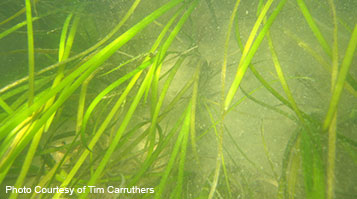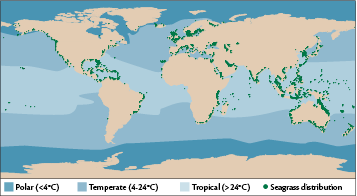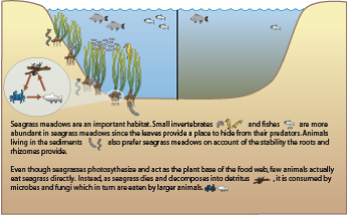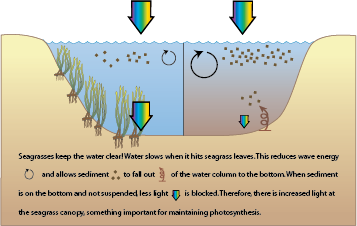Seagrasses are underwater plants
Seagrasses are plants that live in saltwater. They evolved from land plants and today there are over 50 species of seagrasses.
Seagrasses have flowers, roots, and specialized cells to transport nutrients within a plant, which makes them similar to land plants and different from algae or seaweeds. In order to grow, seagrasses need lots of light, the correct temperature, and a small amount of nutrients.
Seagrasses are found in shallow coastal waters
Like land plants, seagrasses use sunlight and photosynthesis to make food. Because photosynthesis requires light, they need to be close to the water’s surface. Seagrasses get nutrients from their roots, which also anchor them to the bottom. Therefore, seagrasses are found growing along coastlines where the water is shallow enough to allow the plants to get both the nutrients and the sunlight that they need.
Seagrasses provide a home to many animals
Many animals use the leaves of the seagrass to hide from predators, so they don’t get eaten. This is especially important for baby animals. Most animals do not eat seagrass directly. Instead, seagrass dies and decomposes. Animals can feed on this dead material or on the bacteria, which is breaking it down.
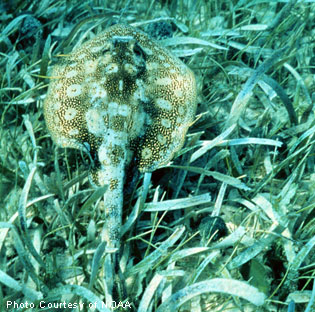
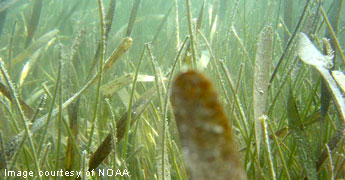
Seagrasses keep the water clean
Seagrasses can improve water quality. Fast moving water stirs up the sediment on the bottom, which makes the water cloudy. When flowing water hits seagrass, it slows down allowing particles to settle. Seagrasses can also help by acting like a filter if there are too many nutrients in the water or sediment.

